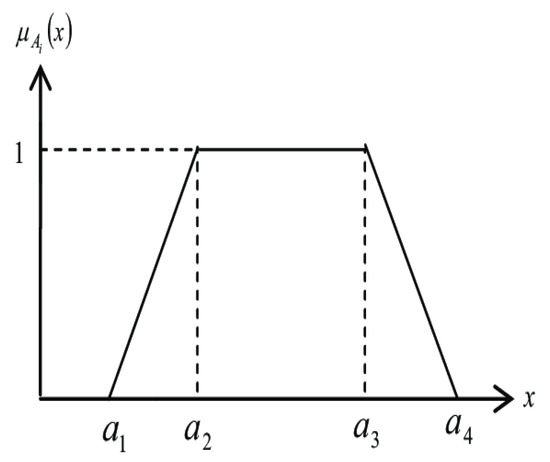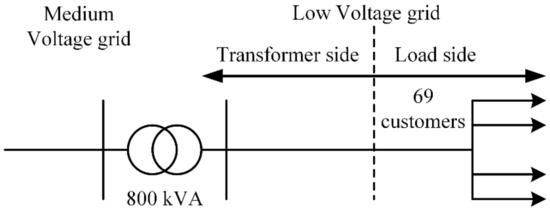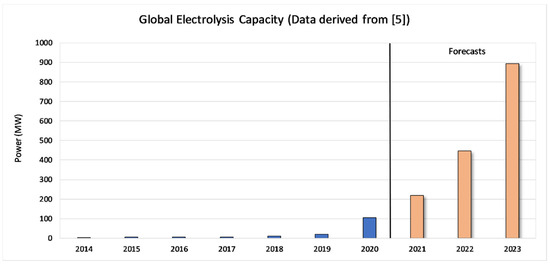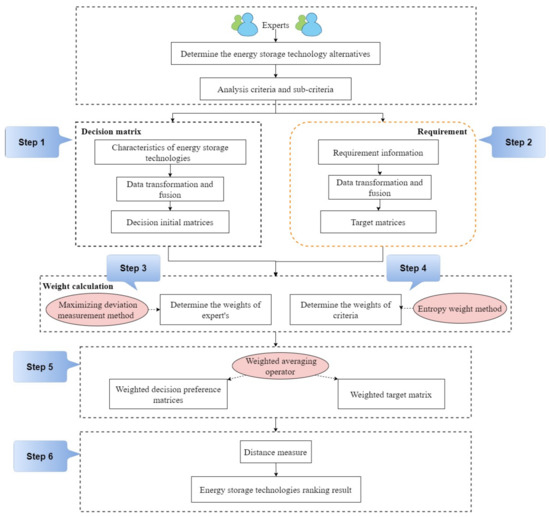Novel Business Models & Integration Strategies for Energy Storage
A topical collection in Energies (ISSN 1996-1073). This collection belongs to the section "D: Energy Storage and Application".
Submission Status: Closed | Viewed by 21640Editor
Interests: technoeconomic evaluation of energy storage systems; novel RES and storage applications; business models and dispatch strategies; energy systems’ flexibility mechanisms; islands’ clean energy transition
Special Issues, Collections and Topics in MDPI journals
Topical Collection Information
Dear colleagues,
A transition to a cleaner energy mix challenges the flexibility of contemporary electricity systems to facilitate large-scale integration of RES power generation. The desired flexibility to that end reflects upon the elements of energy storage, vector coupling, systems’ integration, and advanced energy management. At the same time, owing to the acccelerating transformation of electricity markets on the one hand and the phase-out of support schemes for RES on the other, different types of energy storage services and applications have emerged across the entire electricity chain, focusing on but not limited to RES managemenent, and including arbitrage, transmission/distribution deferral, congestion management, black start, frequency/voltage regulation, and conventional power generation management, together with in-front of/behind the meter, distributed/centralized, stationary/mobile, and grid-tied/off-grid applications. On the other hand, life-cycle storage costs still remain high for the majority of modern storage technologies, with the exception of more mature ones, such as pumped hydro and compressed air. As such, research work on the development of effective integration strategies and novel business models for energy storage is nowadays considered to be of high importance and relevance for a wide spectrum of applications and actors.
Accordingly, this Special Issue seeks to contribute to the wider energy storage agenda by focusing on modern energy storage services and portfolios and inviting papers looking at the design, implementation, and evaluation of relevant business models and integration strategies for different storage technologies, applications, and market actors, with an emphasis on the support of RES.
Dr. Dimitrios Zafirakis
Guest Editor
Manuscript Submission Information
Manuscripts should be submitted online at www.mdpi.com by registering and logging in to this website. Once you are registered, click here to go to the submission form. Manuscripts can be submitted until the deadline. All submissions that pass pre-check are peer-reviewed. Accepted papers will be published continuously in the journal (as soon as accepted) and will be listed together on the collection website. Research articles, review articles as well as short communications are invited. For planned papers, a title and short abstract (about 250 words) can be sent to the Editorial Office for assessment.
Submitted manuscripts should not have been published previously, nor be under consideration for publication elsewhere (except conference proceedings papers). All manuscripts are thoroughly refereed through a single-blind peer-review process. A guide for authors and other relevant information for submission of manuscripts is available on the Instructions for Authors page. Energies is an international peer-reviewed open access semimonthly journal published by MDPI.
Please visit the Instructions for Authors page before submitting a manuscript. The Article Processing Charge (APC) for publication in this open access journal is 2600 CHF (Swiss Francs). Submitted papers should be well formatted and use good English. Authors may use MDPI's English editing service prior to publication or during author revisions.
Keywords
- energy storage systems
- integration strategies
- business models
- clean energy transition











